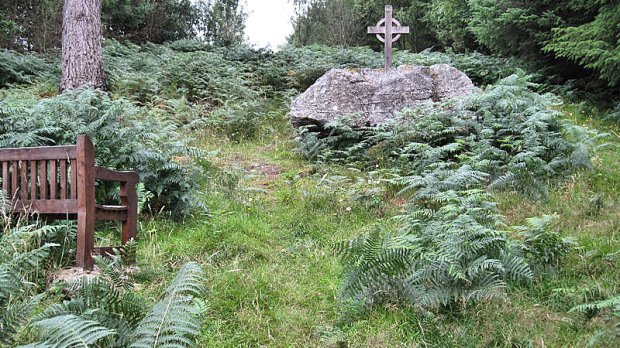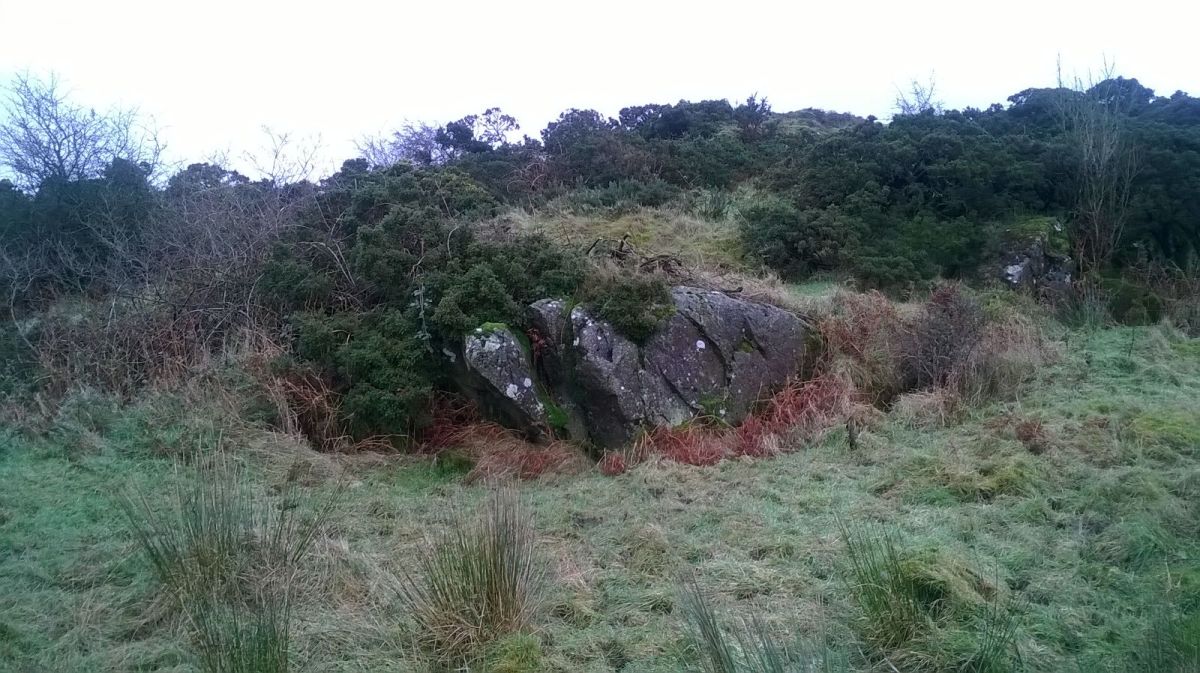Lenten Campaign 2025
This content is free of charge, as are all our articles.
Support us with a donation that is tax-deductible and enable us to continue to reach millions of readers.
Scattered across the Irish countryside are enormous rocks that were used to celebrate Mass during the times of the Penal Laws, when it was illegal to be Catholic in public.
From 1695 to about 1750, life was difficult for Irish Catholics; churches were closed, bishops were banished and many priests were forced to leave the country. Even with this risk, priests continued to celebrate Mass for the people in secret isolated outdoor locations, using rocks as an altars. Clearly the Catholic Mass was an important part of Irish life.
Locations of Mass rocks were passed down orally, because including them on 17th- and 18th-century maps would have legitimized the Catholic faith.
The Mass rocks are an important part of Irish heritage, according to Dr. Bishop of the University of Liverpool, who has studied the rocks and set up a website about them.
“They are the symbol of the penal laws, in my opinion. They are the symbol of Catholic heritage. They are what kept the faith alive throughout the penal era. If Gaelic communities hadn’t gone to the Mass rocks, the faith would have died out,” Bishop told CatholicIreland.net.
So far, Dr. Bishop has studied Mass rocks in Cork, Mayo, Galway and the diocese of Clogher, publishing her findings on the website she set up, www.findamassrock.com. She asks for help in finding the rocks before they disappear from local memory.
She “would not be even able to begin to estimate” the final number of Mass rocks in Ireland.
“I can only base my opinions on the research that I have undertaken to date and I’ve only done Cork, Galway and Mayo,” she said.
Currently there are about 400 Mass rock recorded, many of which are inscribed with a cross. Dr. Bishop believes there are probably “many, many more.”
“I suppose there comes a point where certain generations are less interested in the sites and less interested in their religion and their heritage, partly because a lot of them are not physically recorded anywhere, so if somebody knows of one and doesn’t pass that information on, then the knowledge of that Mass rock is lost,” she told CatholicIreland.net.
The Irish name for a Mass Rock is Carraig an Aifrinn. Other names associated with sites where Mass was celebrated in penal times include Clais an Aifrinn, meaning “Mass ravine,” Páirc an Séipéil, or “chapel field,” Faill an Aifrinn, or “Mass cliff,” Leaca na hAltóra, indicating a flat stone or rock altar, Cábán an Aifrinn, or “Mass cabin,” Cnocán na hAltórach, meaning “small hill of the altar,” and Gleann an Aifrinn, indicating a “Mass glen.”
“As locations of a distinctively Catholic faith, Mass rocks are important religious and historical monuments that provide a tangible and experiential link to Irish heritage and tradition,” says Dr. Bishop on her website.
“When some say that they find Mass no longer relevant, I think of the Mass rocks, and the love of the Mass that inspired priests and people to gather there in all weathers, and in spite of great danger.”
Some of these Mass rocks continue to be venerated to this day.


